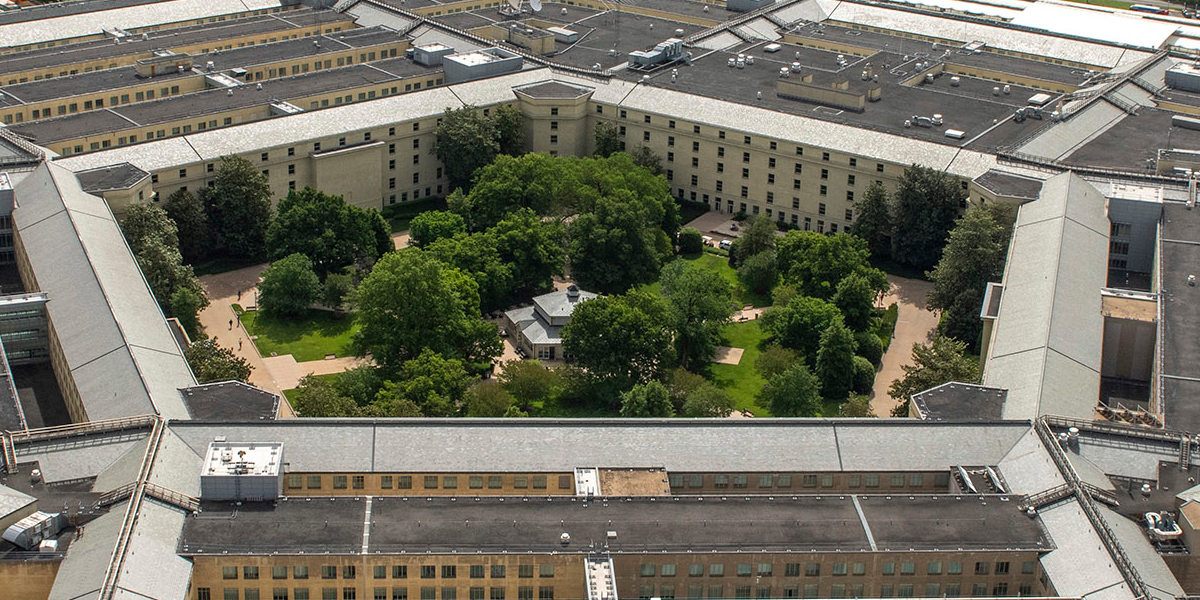On October 31, a press conference led by Susan Gough, Senior Strategic Planner and Spokesperson for the Department of Defense, allowed some journalists to ask questions to the director of the All-Domain Anomaly Resolution Office (AARO), Dr. Sean Kirkpatrick. The press conference took place off-camera.
It began with the confirmation, as reported by UAPCheck News, that there was a misunderstanding in the announcement of a new system for collecting witness testimonies of UAP sightings. Dr. Kirkpatrick clarified that it was a system for whistleblowers to report the existence of alleged UAP recovery and reverse-engineering programs, while witnesses should address their UFO sightings to their superiors. This point has been a subject of debate for many months, as it often discourages witnesses from discussing this subject due to the fear of damaging their reputation with their superiors.
Regarding the mitigation of domain awareness gaps, Dr. Kirkpatrick stated that they are working on it, first by educating military personnel to identify UAPs and secondly by using continuously recording detectors for reference. Kirkpatrick believed this will enable them to detect patterns and anomalies.
This serves as a reminder that several years ago, China publicly announced having a military program to study UAPs using AI to predict their trajectories. As noted by Marik Von Rennenkampf for The Hill, it appears that the United States may be lagging behind in UAP research.
Dr. Kirkpatrick then mentioned in the interview that AARO was not yet collaborating with all U.S. commands but was providing guidance to all.
In response to a question about David Grusch, he raised the fact that David Grusch has not recently contacted him. On the other hand, David Grusch indicated that he has not been contacted by AARO either. This contradicts Dr. Kirkpatrick, who claimed to have invited him numerous times in previous months.
Asked about the Nimitz case, Dr. Sean Kirkpatrick, the director of the Pentagon's UAP study group, stated that he had no more data on the case than the video itself. He mentioned that they were working on a procedure to retrieve such data, but these data were typically deleted after 24 hours. He added that AARO has recommended that the armed forces retain the data if a UAP sighting report is submitted by military personnel.
However, due to the stigma surrounding the subject and the potential damage to one's reputation for reporting a UAP sighting, there is doubt about the enthusiasm of military personnel to report their observations to their superiors.
Dr. Kirkpatrick continued the press conference by admitting that he couldn’t access investigation materials provided by whistleblowers who have reported their testimonies to their inspector general. However, while Inspector Generals are limited to their respective domains of intelligence and defense, AARO could request information from any agency. Kirkpatrick then mentioned that, in response to his requests, the National Archives were currently uploading new documents.
Responding to a question about possible international cooperation, Kirkpatrick stated that a few governments have been contacted, but no rival nation.
Regarding the testimonies that AARO has received from the same individuals who spoke to David Grusch, Kirkpatrick responded that some pieces of information have been confirmed, and some events did occur.
Following a question about the use of satellite data and possible recordings of UAPs through this means, the director of AARO stated that he had access to all possible satellite imagery but has never seen a UAP recorded in this manner. This contradicts the statements of former Director of National Intelligence John Ratcliffe, who, in an interview on Fox News, had said regarding UAPs :
"When we talk about sightings, we talk about objects that have been seen by navy or air force pilots or have been picked up by satellite imagery that frankly engage in actions that are difficult to explain."
He concluded the press conference by stating that the Department of Defense was capable of rapidly declassifying high-definition images showing aerial interceptions. However, not all UAP images fell into this category because they followed the Department of Defense's declassification priority order.
Main picture: Air Force Staff Sgt. Brittany A. Chase, DOD, Public domain, via Wikimedia Commons

